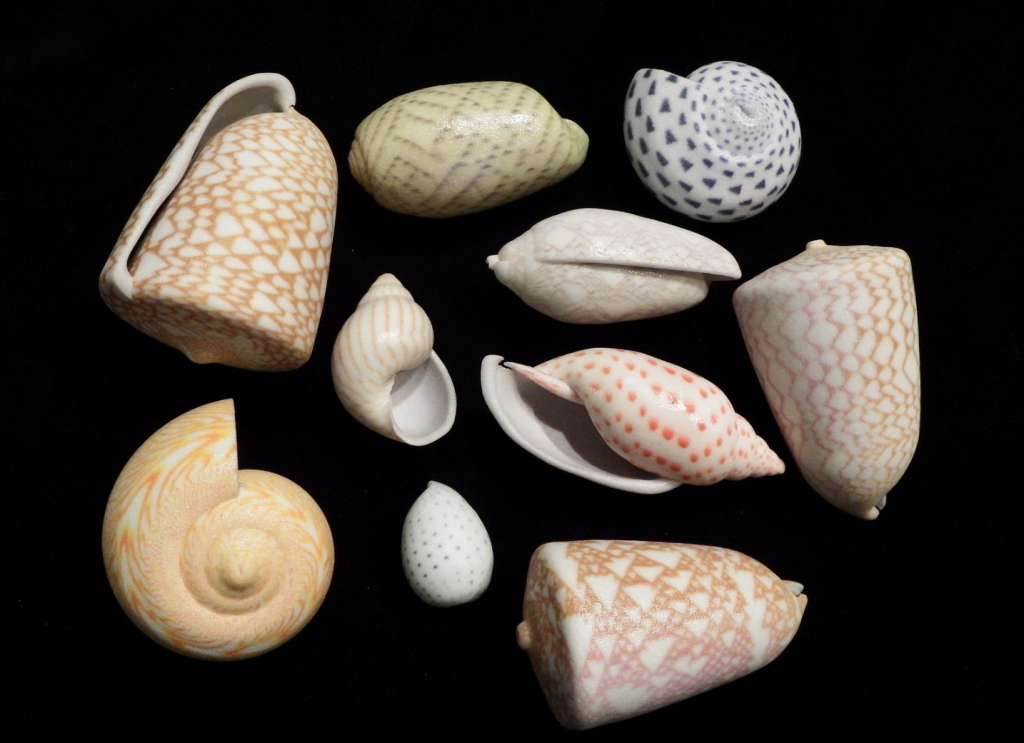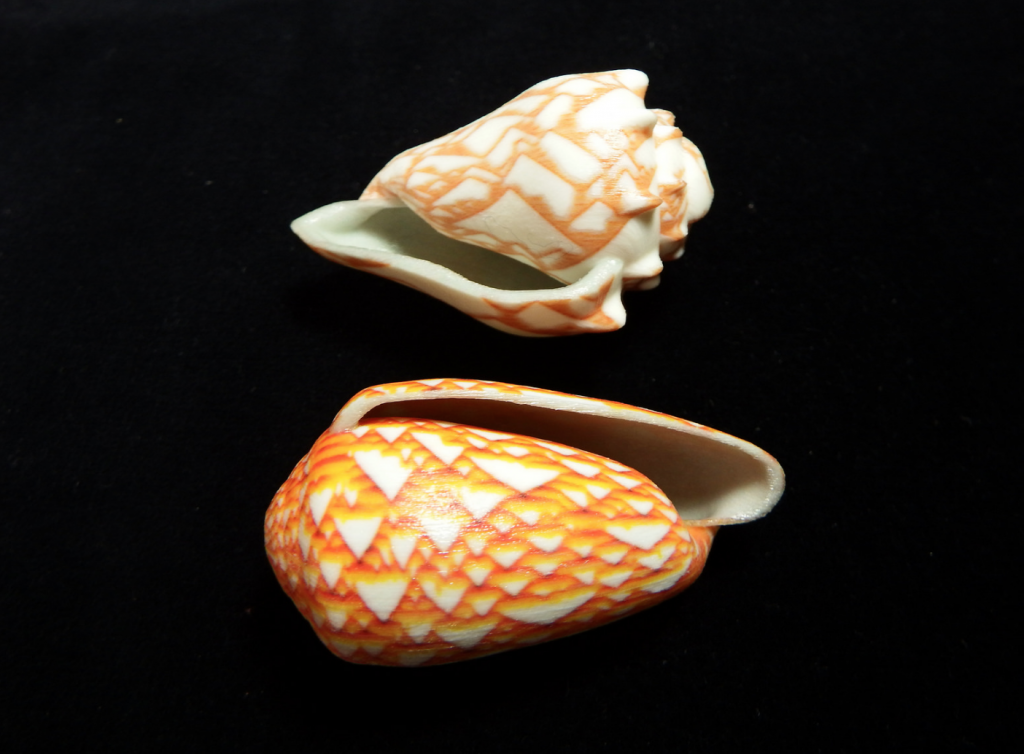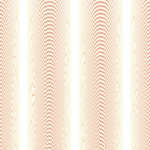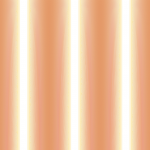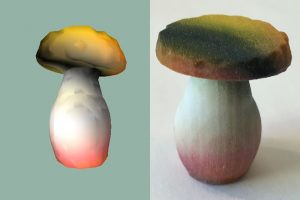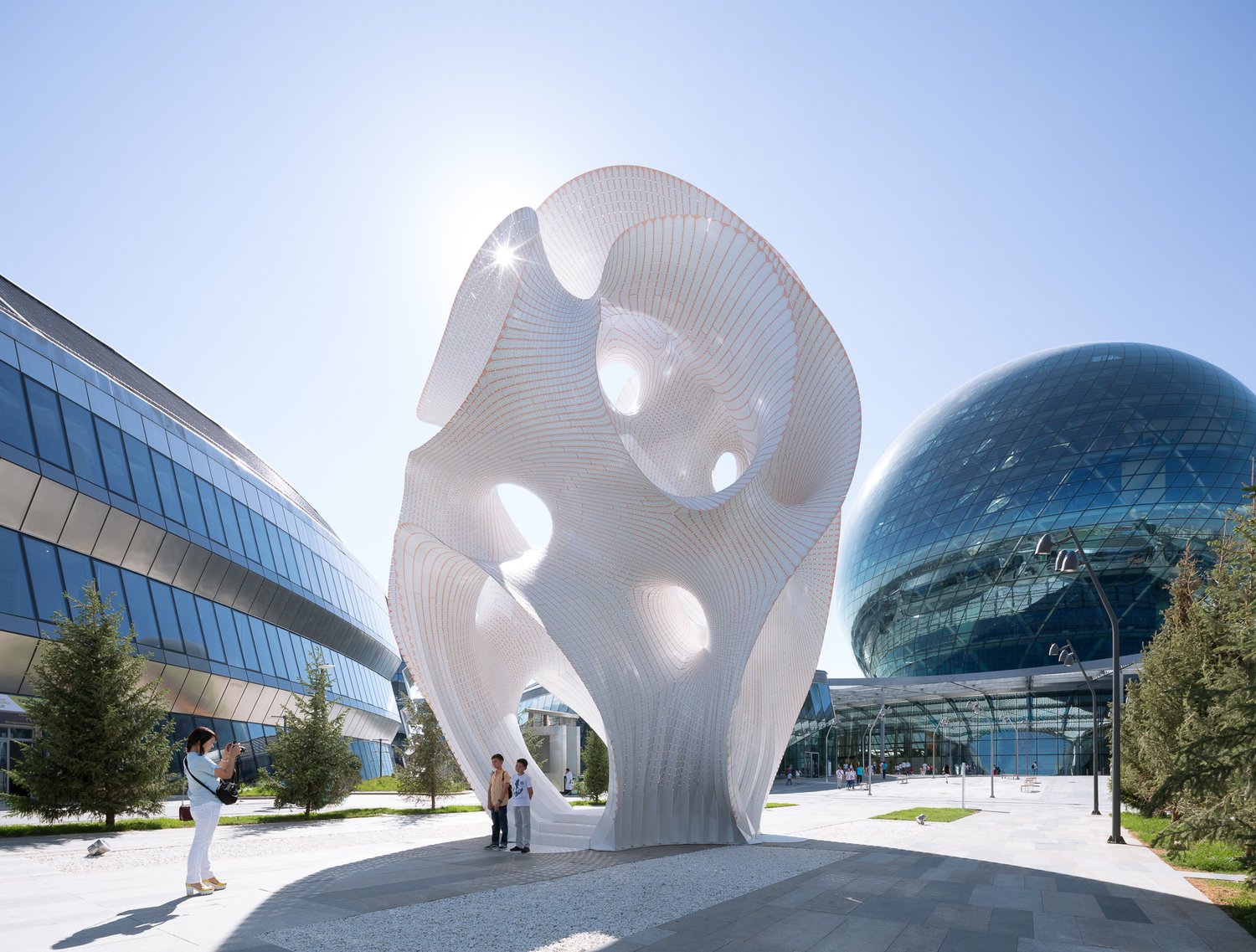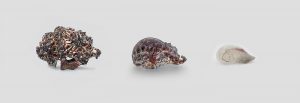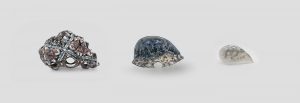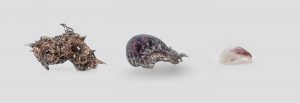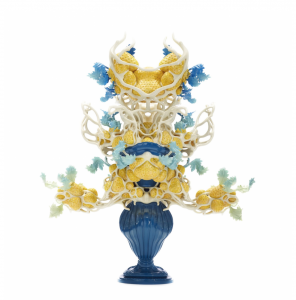Design Miami Pavilions: Flotsam & Jetsam
The project was designed by SHoP Architects in 2016. What is amazing about the project is the completely digital design and the 100% 3D-printing. As a designer, I feel very excited about the power of machine to achieve what human cannot achieve, which sets free designer’s imagination and has potential to bring more exciting works to our physical world. As an architecture student, I was tortured by endless repetitive work in design process but now I believe computational fabrication will take all the job in the future and designers can focus on the intellectual work.
The material used in the prpavilion is carbon fiber, which has both high strength and the flexibility and thus can be used in 3D printing. The design can be achieved using Rhino and Grasshopper. Another thinking of mine is that the design can be integrated with ecological features such as having plants in its structure.
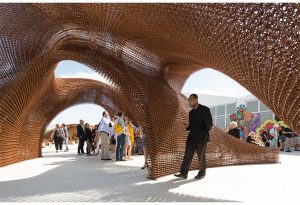
http://www.shoparc.com/projects/design-miami-flotsam-jetsam/
![[OLD FALL 2018] 15-104 • Introduction to Computing for Creative Practice](../../wp-content/uploads/2020/08/stop-banner.png)

